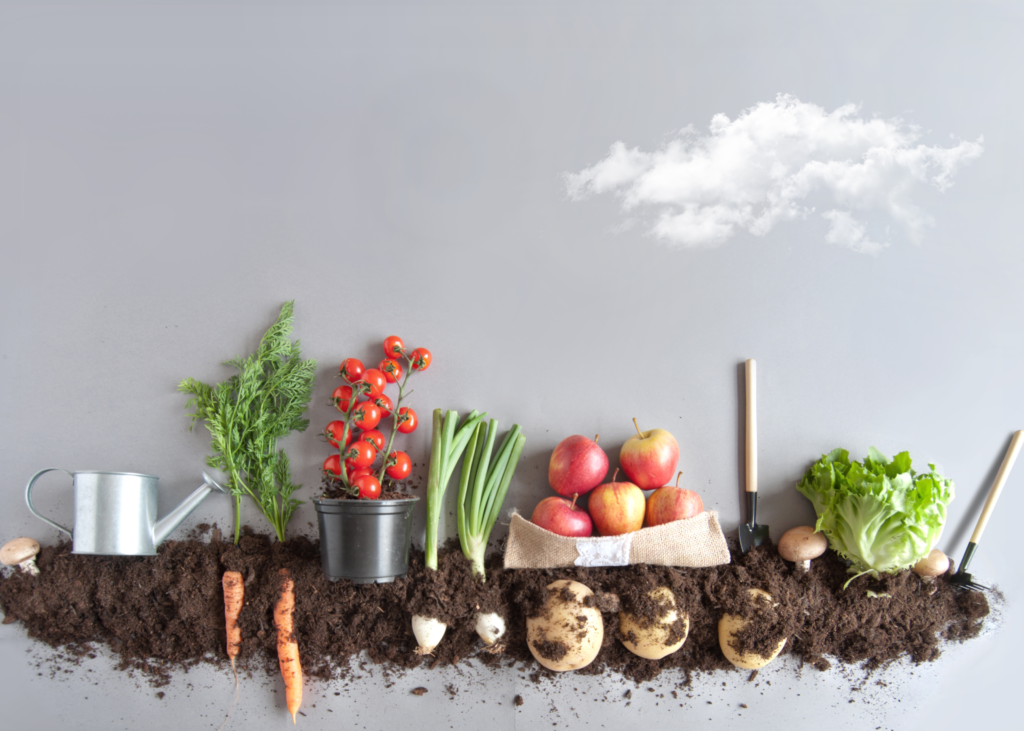
Step One: Know Your Zone
Knowing what zone you will be growing in is important because it will tell you the ideal time frame to sow your seeds. Visit https://planthardiness.ars.usda.gov/ to get a map of your state to pinpoint your exact zone.
Step Two: Know Your Light
Not having the appropriate amount of sun can drastically impact the way your plants grow and fruit. For example; plants like tomatoes need 6 hours of sunlight at minimum. Anything less than this will more than likely stunt the plants growth and keep your from reaping any harvest.
Step Three: Know What You Will Grow
Figuring out what seeds you will plant is one of the most exciting parts of planning!! As you select your seeds; keep in mind that gardens are hard, yet rewarding work. I encourage you to start small and grow only what you can maintain. You will also want to factor in the lighting in your space. If the space gets less than 6 hours of direct sun, you will want to stick with plants that only require partial sun and shade plants such as: beets, peas, leafy greens, onions, broccoli, and many others.
Step Four: Know Your Plot
This part of your planning will take time and research; there are many things to consider in order to maximize space and harvest. From companion planting to the health of your soil and how well it holds water; once you learn your space you can then begin to map out where you will plant the items in your garden.
Step Five: Know How You Will Feed Your Garden
From watering to amendments, it will be important for you to have an idea on how you will water your garden and what amendment you will add to keep your plants environment growing and thriving. Here at Princess Gardens we believe that organic gardening is best. Growing plants in nutrient rich soil and giving them adequate water (and Sun) will give them the best chance at to their fullest potential. Be sure to check out our worm castings and other amendment in the shop!
Step Six: Know How You Will End the Season
This is where you will track your harvest and develop a plan for cover crops, or map out fall and winter crops if you are lucky enough to live in a climate that allows it.
And last but not least; do enjoy the process!!
